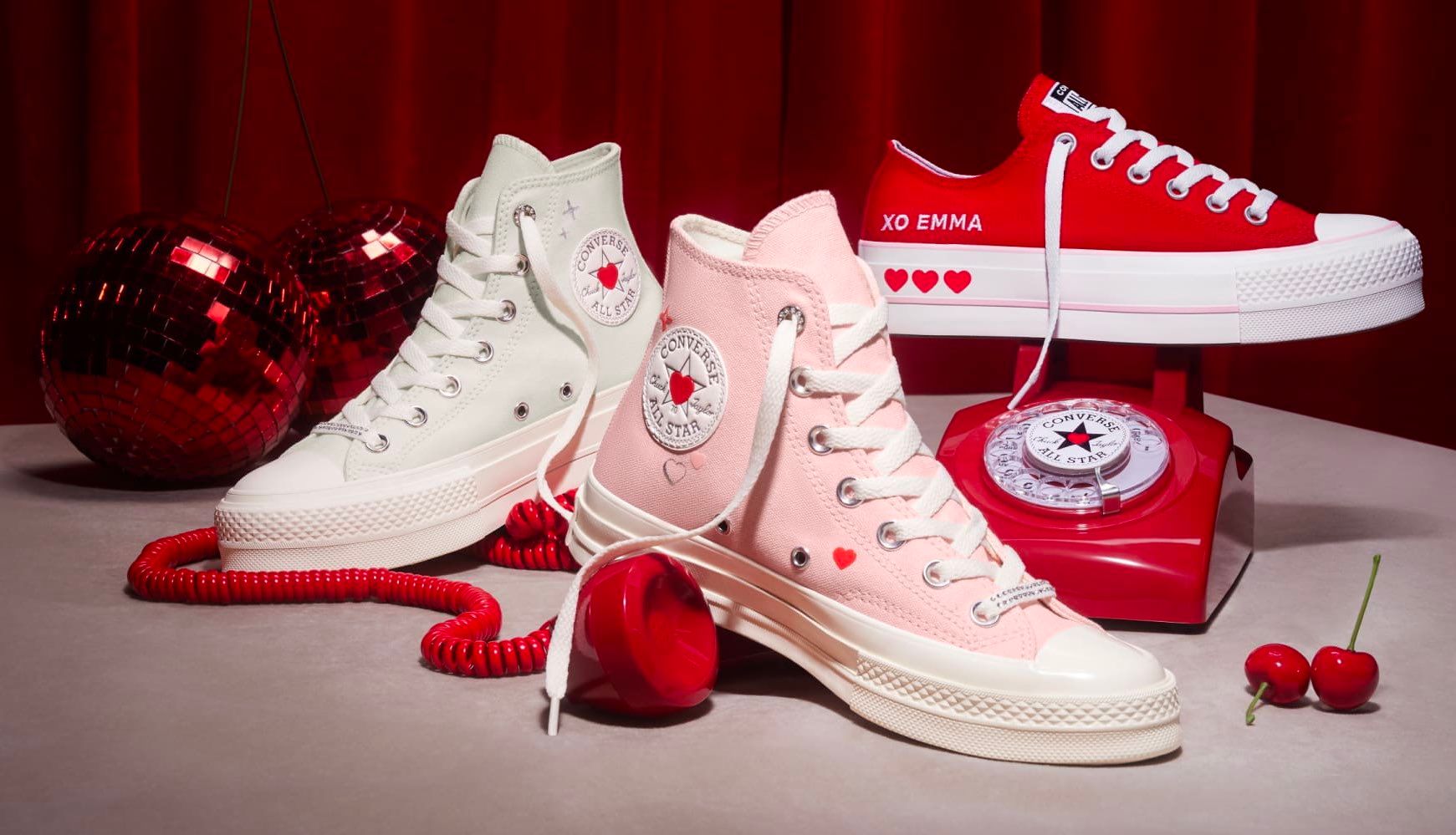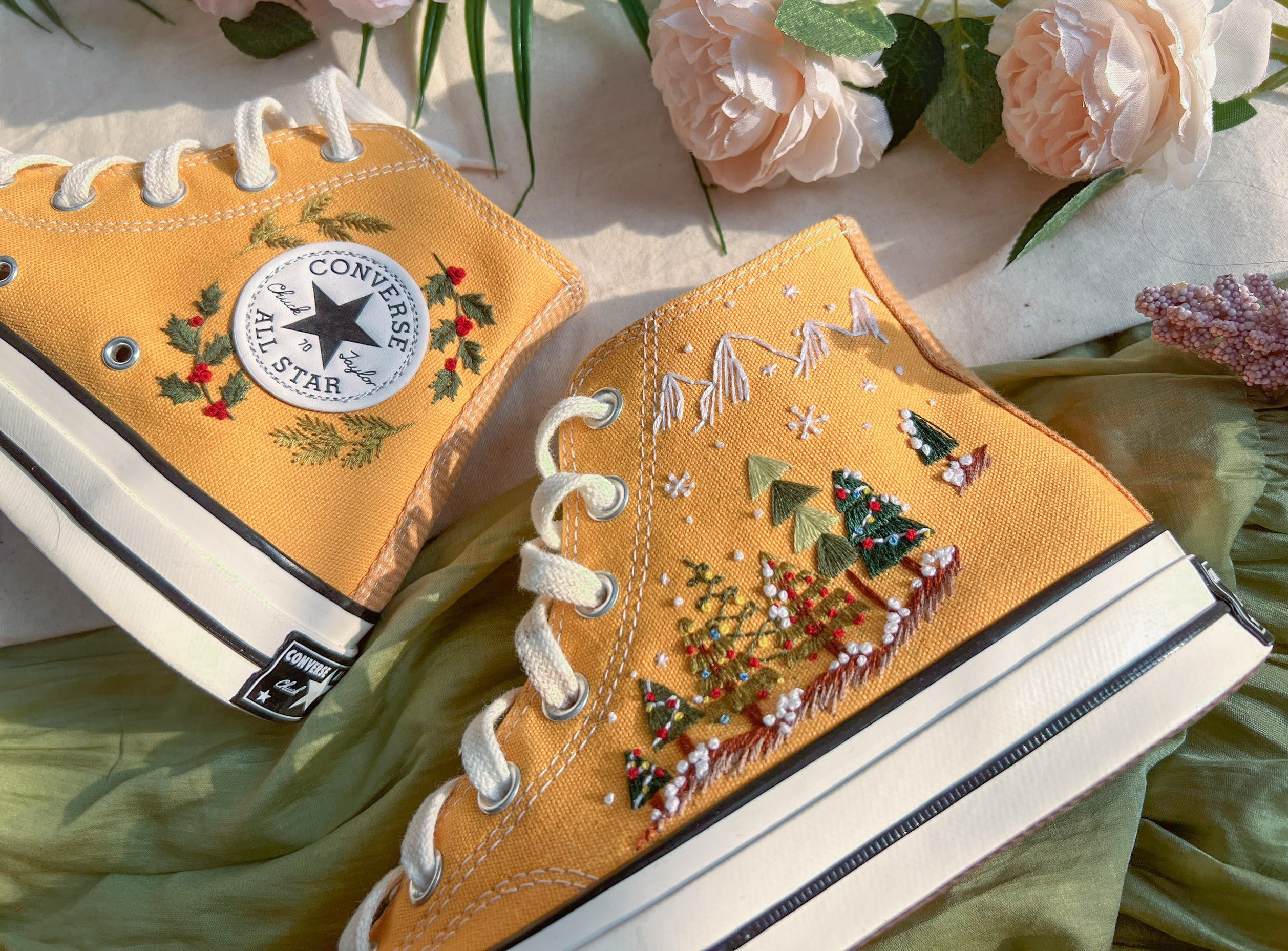Introduction to Converse
Converse, a name synonymous with American sneaker culture, began its journey in 1908 as the Converse Rubber Shoe Company. Founded by Marquis Mills Converse in Malden, Massachusetts, the company initially specialized in galoshes and other seasonal rubber footwear items. It wasn’t until 1917 that Converse made a foray into the athletic shoe market with the introduction of the Converse All Star basketball shoe, a move that would eventually cement its status as an iconic footwear brand.
The turning point for Converse came in 1923 when it enlisted Charles “Chuck” Taylor, a basketball player and coach, as a salesman and ambassador. Taylor’s influence was so significant that his signature was added to the ankle patch of the All Star shoe, giving birth to the now-famous Chuck Taylor All Stars. This endorsement marked one of the first instances of an athlete’s name being used to brand athletic footwear, setting a precedent for future collaborations between athletes and shoe companies.
Over the decades, Converse has transcended its athletic origins to become a staple of fashion, music, and youth culture. The Chuck Taylor All Stars, in particular, have been embraced by a diverse array of subcultures, including punk, skateboarding, and grunge, each adopting the sneaker as a symbol of rebellion, individuality, and identity. The brand’s ability to cross cultural boundaries and maintain relevance in an ever-changing fashion landscape speaks to its timeless design and appeal.
Product Range of Converse
Converse has successfully expanded its product range beyond the original All Stars, introducing various styles and designs that cater to a wide array of tastes and preferences. This section explores the key product lines and their unique features, as well as highlighting recent collaborations that have kept the brand at the forefront of fashion.
Chuck Taylor All Star
The Chuck Taylor All Star, often simply referred to as “Chucks,” remains the cornerstone of Converse’s product line. Originally designed as a basketball shoe, its classic design has remained largely unchanged for over a century. Available in a variety of colors, materials, and prints, Chucks have become a canvas for self-expression, appealing to a broad demographic worldwide. The line includes high-top, low-top, and slip-on variants, offering versatility and comfort for various occasions.
Jack Purcell
Named after the Canadian badminton champion who designed them in 1935, Jack Purcell sneakers are distinguishable by their “smile” toe cap. Though less ubiquitous than the Chuck Taylors, Jack Purcells have garnered a dedicated following for their minimalist design and subtle sophistication. These shoes cater to those looking for a blend of classic style with a hint of sportiness.
One Star
Originally released in the 1970s as a low-top basketball shoe, the One Star gained popularity in the skateboarding community in the 1990s due to its durable construction and increased grip. It features a simple design with a star logo cut out on the side. The One Star has been reissued in various materials and colors, embodying the skate culture’s rebellious spirit and Converse’s adaptability.
Recent Collaborations and Limited Editions
Converse has collaborated with designers, artists, and popular brands to create limited edition sneakers that often sell out quickly. These collaborations have included partnerships with high-fashion brands, pop culture icons, and artist series, demonstrating Converse’s ability to innovate and remain relevant in the ever-evolving fashion industry. Notable collaborations have included Off-White, Comme des Garçons, and the recent Pride collection, celebrating inclusivity and diversity.
These collaborations not only offer unique designs but also allow Converse to explore new materials and technologies, pushing the boundaries of traditional sneaker design. Limited editions and special releases have become a way for Converse to engage with its community, offering something special to its most loyal customers and sneaker enthusiasts alike.
Converse’s product range and collaborative efforts highlight the brand’s commitment to innovation while respecting its heritage. By balancing classic designs with contemporary influences, Converse continues to appeal to a wide audience, ensuring its place in the annals of sneaker culture.
Comfort and Fit of Converse Shoes
Converse sneakers, particularly the Chuck Taylor All Stars, have a distinctive style that has endured for over a century. However, the aspect of comfort and fit is one that garners mixed reviews, largely due to the unique construction and design of the shoes. This section explores these dimensions, considering feedback from a broad spectrum of users.
The Fit
- Sizing and Fit Variability: Converse shoes are known for their unique sizing, often running a half-size larger than standard sizes. New wearers are advised to try on the shoes before purchasing or consult sizing guides when ordering online. The canvas material used in many Converse shoes can initially feel stiff but typically molds to the wearer’s feet over time, enhancing the fit.
- Width Considerations: People with wider feet may find certain Converse models, especially the classic Chuck Taylors, to be narrow. However, the brand has introduced variations, including designs that cater to a wider foot, providing a more comfortable fit for a broader audience.
Comfort
- Insole and Cushioning: Early iterations of Converse sneakers were criticized for minimal arch support and cushioning, which could lead to discomfort during prolonged wear. Recognizing this, Converse has introduced models with improved insole technology, such as the Chuck Taylor All Star II, which featured a more cushioned insole for better support and comfort. Additionally, some of the newer models incorporate OrthoLite insoles, enhancing the shoes’ breathability, moisture management, and antimicrobial properties.
- Material and Breathability: The traditional canvas upper of Converse shoes offers a lightweight and breathable fit, making them suitable for warm weather and casual use. Leather and other material options provide alternatives for different climates and personal preferences, balancing durability with comfort.
User Feedback
- Athletes and Active Users: While Converse sneakers, particularly the Chuck Taylors, have a historical association with basketball, today’s athletes may find them lacking in the support and cushioning needed for intense sports activities. However, they remain popular for light exercises, casual sports, and lifestyle wear due to their style and cultural significance.
- Casual Wearers: The general consensus among casual wearers is positive, with many praising the sneakers’ versatility and iconic design. The adaptability of Converse shoes to a wide range of personal styles and the ability to customize designs have also contributed to their enduring popularity. Comfort improvements in newer models have addressed many wearers’ concerns, making them a staple for everyday wear.
Converse has solidified its status as a seminal brand in the world of sneakers, transcending its athletic origins to become a cultural icon. From its early days as a rubber shoe company to its pivotal role in the evolution of basketball footwear, Converse has demonstrated remarkable adaptability and resilience. The Chuck Taylor All Stars, in particular, have stood the test of time, evolving from a basketball sneaker into a symbol of personal expression and style that resonates across generations and subcultures.



















